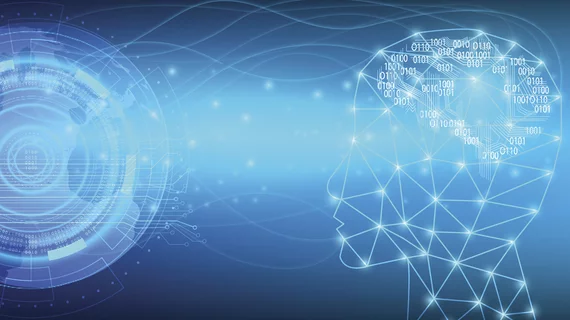Researchers have developed a new machine learning system that can help pathologists make more accurate breast cancer diagnoses, sharing their findings in JAMA Network Open.
The team, including representatives from the University of Washington and University of California, Los Angeles (UCLA), noted that incorrect breast cancer diagnoses are still much too common, especially for women with ductal carcinoma in situ (DCIS).
“Medical images of breast biopsies contain a great deal of complex data, and interpreting them can be very subjective,” co-author Joann Elmore, MD, MPH, a professor of medicine at UCLA’s David Geffen School of Medicine, said in a prepared statement. “Distinguishing breast atypia from ductal carcinoma in situ is important clinically, but very challenging for pathologists. Sometimes doctors do not even agree with their previous diagnosis when they are shown the same case a year later.”
Elmore and colleagues—including first author Ezgi Mercan, PhD—felt AI could potentially be used to address this issue.
“We proposed novel image features for the differentiation of the full spectrum of breast lesions that covers benign, atypia, DCIS, and invasive breast cancer,” the authors wrote. “In particular, we introduced the structure feature, which summarizes the architectural changes in ductal structures based on a semantic segmentation of tissue types in the breast. Our methods differ from prior work in that we attempted to emulate the behavior of pathologists as they interpret these cases by tackling successive binary decisions that were sequentially more challenging on the diagnostic difficulty scale.”
The team’s machine learning system analyzed data from 240 breast biopsies selected from various Breast Cancer Surveillance Consortium registries. The correct diagnosis of each biopsy image was confirmed by a team of three expert pathologists. Eighty-seven other pathologists also interpreted the same cases, allowing the researchers to compare their system’s performance with other practicing specialists.
Overall, the algorithm outperformed practicing pathologists in one key area: differentiating DCIS from atypia. The machine learning system also showcased sensitivity and specificity “comparable” with the pathologists.
“These results are very encouraging,” Elmore said in the same prepared statement. “There is low accuracy among practicing pathologists in the U.S. when it comes to the diagnosis of atypia and ductal carcinoma in situ, and the computer-based automated approach shows great promise.”

